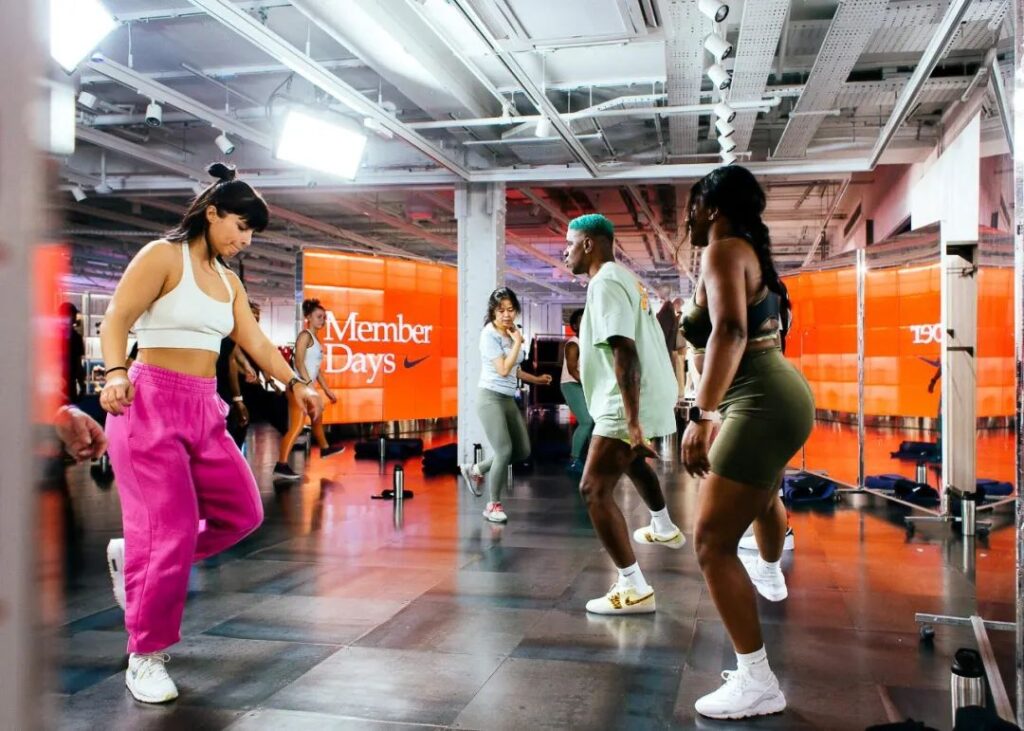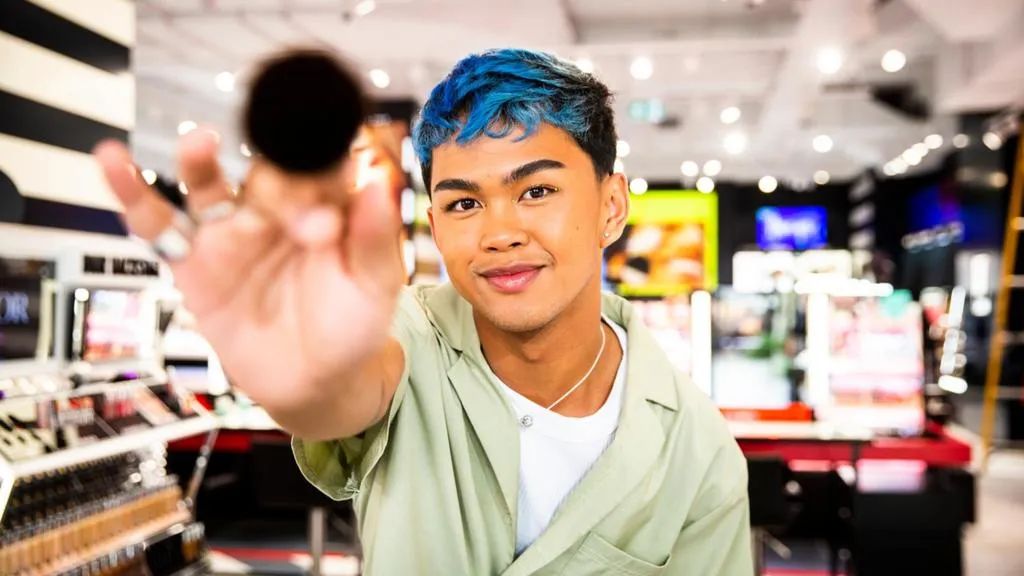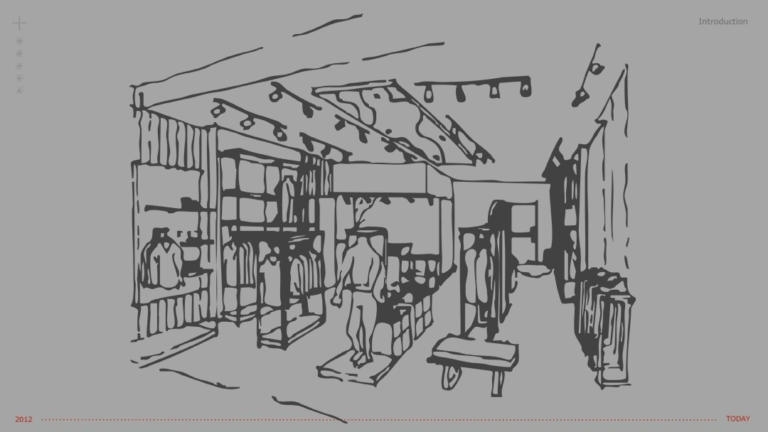Retail design meets live streaming – what’s the connection? It’s all about creating an unforgettable and immersive experience for viewers, bringing the best of online and offline shopping together! Livestreaming events have taken the e-commerce industry by storm, allowing brands to showcase products, interact with customers in real time, and boost sales. But what makes these events truly stand out? That’s where effective retail design comes in, enhancing the visual appeal and user experience to increase customer engagement. In this article, we gathered all the reasons why retail design is a must-have for any successful live-streaming event!
Visual Appeal: This reason is the most obvious when it comes to design elements during live streaming. Set design, lighting, props, and backdrops can significantly enhance the visual appeal of live-streaming events. An aesthetically pleasing and well-designed set creates a captivating atmosphere, capturing the attention of viewers and making the event more memorable.

Nike embraced live streaming by introducing “Nike Live” concept stores. Large screens showcased live athletic events, product launches, and interactive sessions with athletes and trainers. Customers could participate in real-time workouts or engage in Q&A sessions with experts.
Branding and Storytelling: Livestreaming events provide an opportunity for retailers to strengthen brand identity and convey the brand’s story. Retail design elements can be used strategically to showcase brand logos, colors, and messaging, reinforcing brand recognition and creating a consistent brand experience for viewers.
Product Presentation: Livestreaming events are an excellent platform for showcasing products in an interactive and dynamic way. Retail design plays a crucial role in presenting products effectively, highlighting their key features and benefits, and demonstrating their usage. Creative display setups, product placements, and staging techniques can help capture viewers’ interest and generate excitement about the products being showcased.

H&M has held live-streaming fashion shows directly from their stores. By setting up catwalks and incorporating interactive elements, they allow customers to experience the excitement of a fashion show while being able to purchase the featured items immediately.
User Experience: Livestreaming events with well-thought-out retail design can provide a seamless and enjoyable user experience for viewers. Attention should be given to factors like camera angles, transitions, and audiovisual effects to ensure that the live stream is visually engaging, easy to follow, and immersive. A positive user experience encourages viewers to stay engaged for longer periods and increases the chances of making a purchase.

Sephora incorporated live streaming into its in-store experience by hosting live makeup tutorials and product demonstrations. Customers can watch these live streams in-store on designated screens, allowing them to learn new techniques, explore product recommendations, and make informed purchasing decisions.
Call to Action: Livestreaming events are ultimately aimed at driving sales and conversions. Effective retail design can support this objective by strategically placing call-to-action elements throughout the live stream, such as on-screen banners, overlays, or interactive links. These can encourage viewers to take immediate action, such as making a purchase or signing up for exclusive offers.
In summary, retail design plays a vital role in live-streaming events by enhancing the visual appeal, supporting branding efforts, effectively presenting products, improving the user experience, fostering social interaction, and driving conversions. By creating an immersive and engaging environment, retail design helps businesses leverage the power of live streaming to reach and connect with their target audience in impactful ways.




